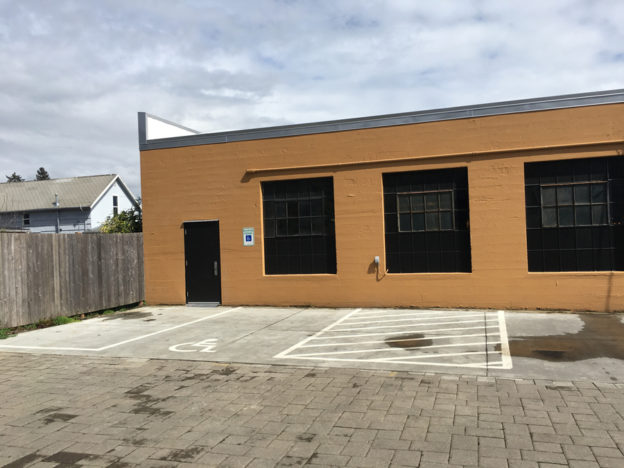Every building is designated an occupancy classification when built, however, as buildings age, the use may change and not be documented or permitted by the building officials. The result is a building that is not code compliant and there could be life safety hazards for its current use. Historic buildings are most likely not built to comply with current code, but a change of use will require that building to be brought into compliance, such as meeting required exiting, structural standards, and energy upgrades. PMA has consulted several clients on strategies to address change of occupancy of historic buildings. The following warehouse in Sellwood is a prime example of the complexity of this type of permit.
The warehouse, built in 1921, had previously been a battery manufacturing business and a carpet warehouse, and the newest tenants are using the space as an antiques warehouse and sales floor. Tenant improvements alerted the building officials of the building’s unpermitted change of use, from an industrial plant-factory (F-1) to mercantile (M).
PMA provided the owner with as-built drawings of the space and provided a code analysis to determine the minimum requirements needed in the change of use. For a 100’x100’ large historic warehouse space, seismic and energy upgrades were required in addition to new exiting and life-safety measures. Historic buildings are not exempt from energy code, which proved a challenge in a warehouse with original single-pane steel windows, concrete walls, and slab-on-grade floor. Change of use from an F-1 to M also requires a seismic ASCE 41 Teir 1 report and associated upgrade.


